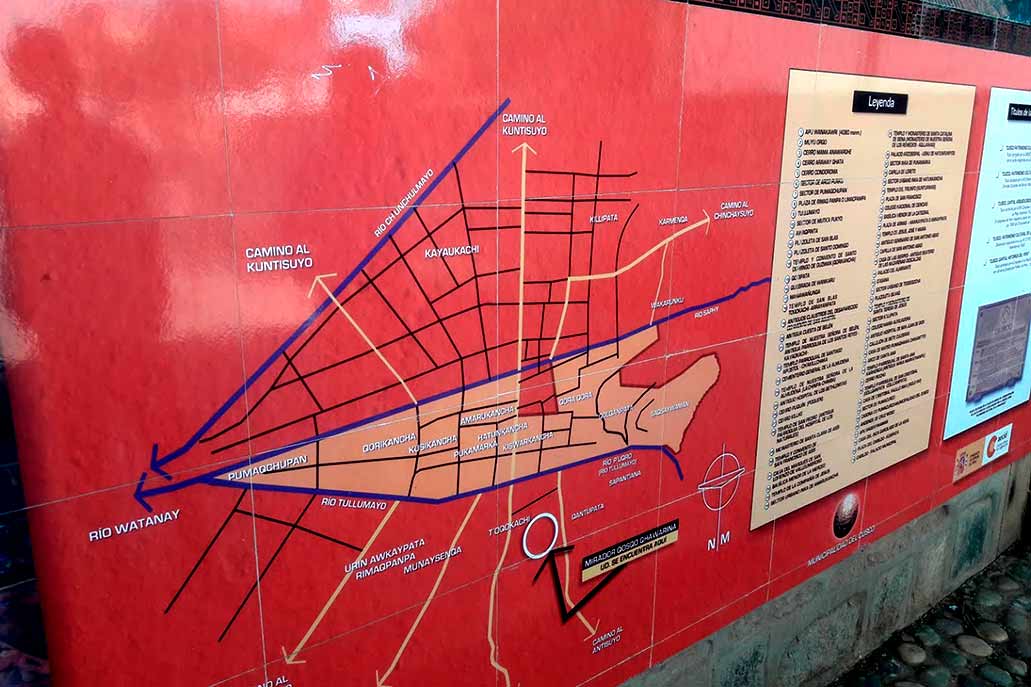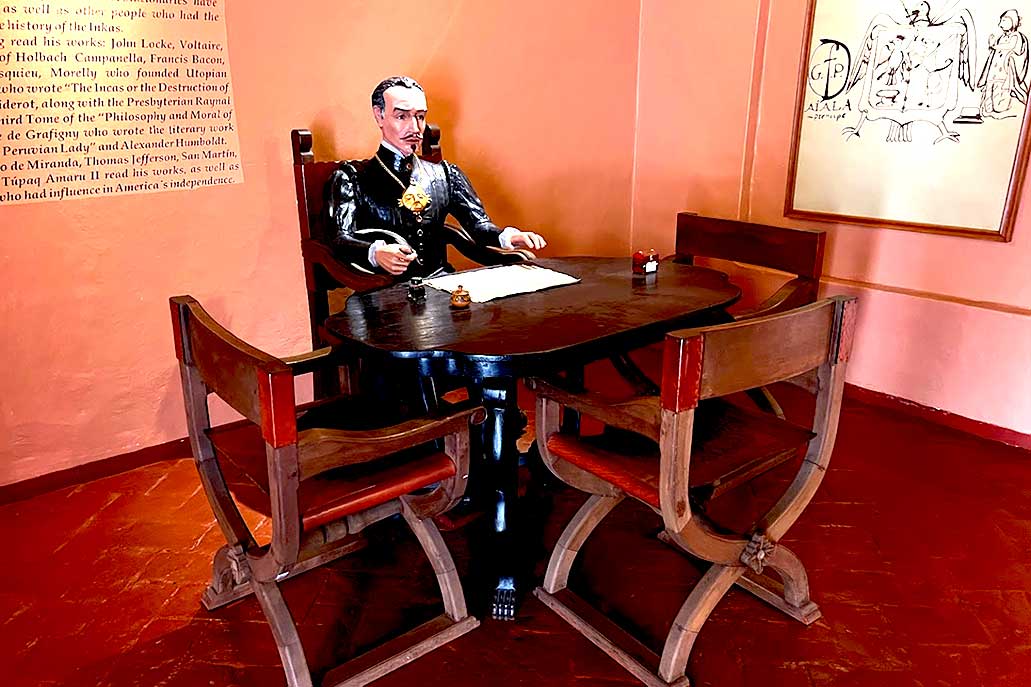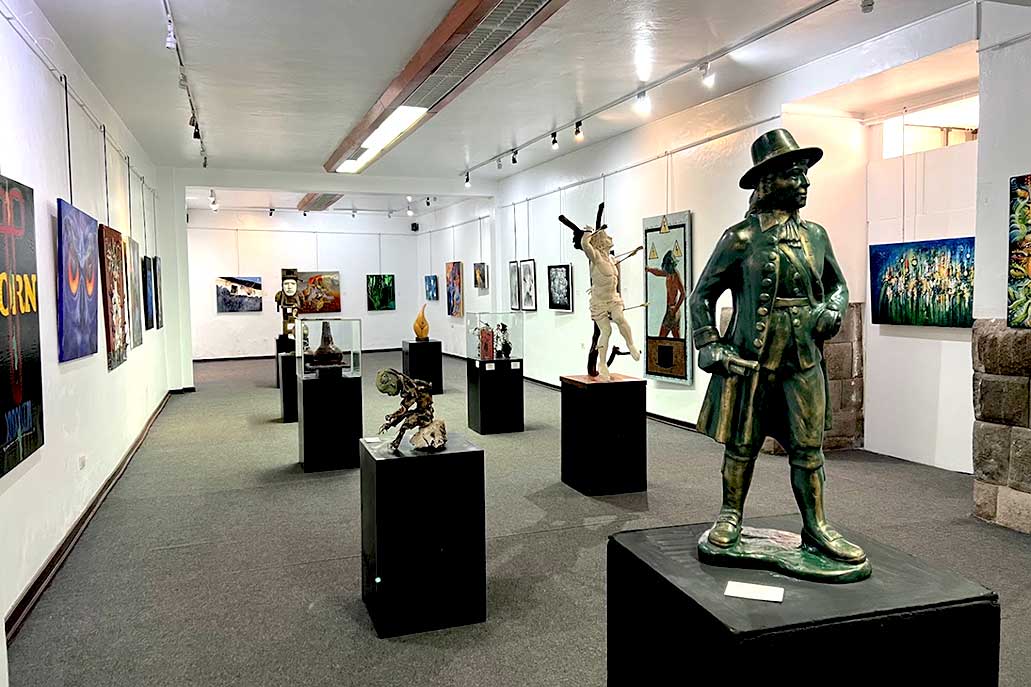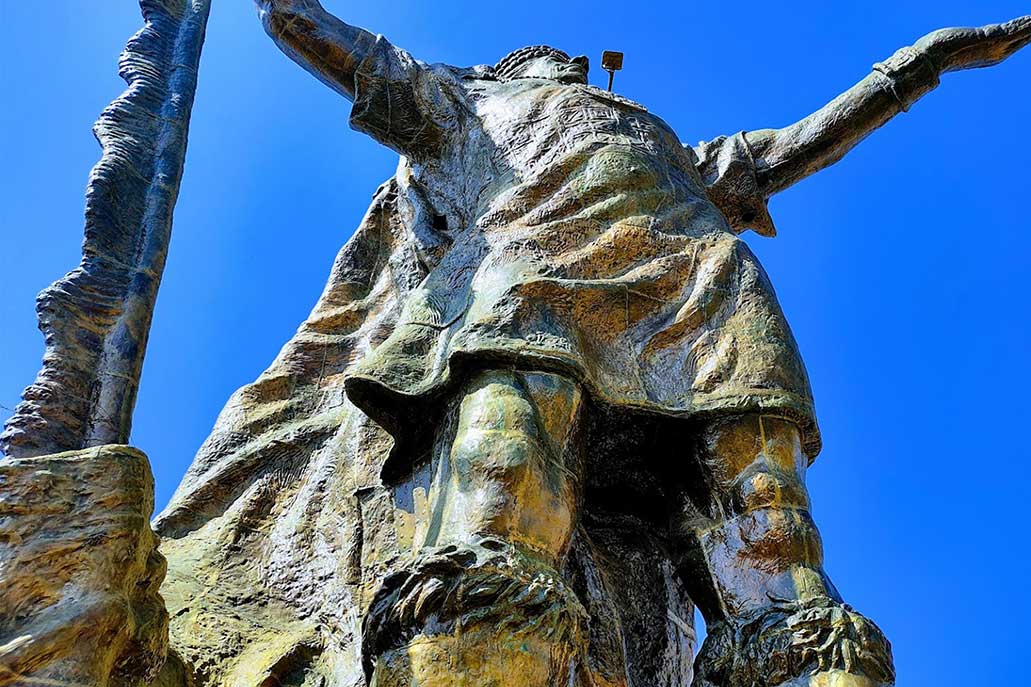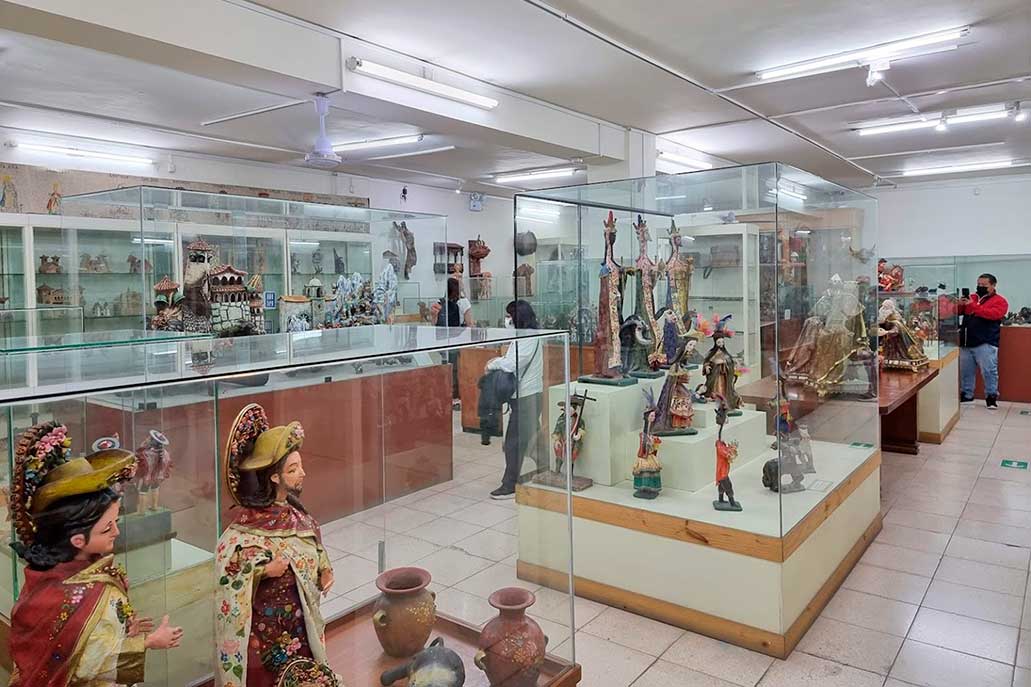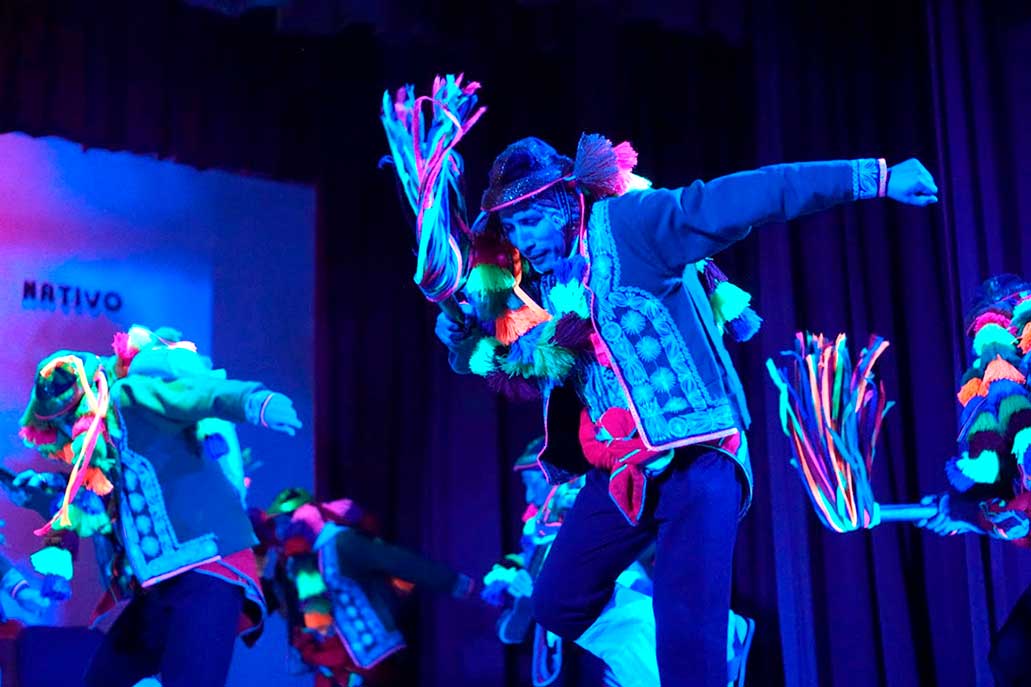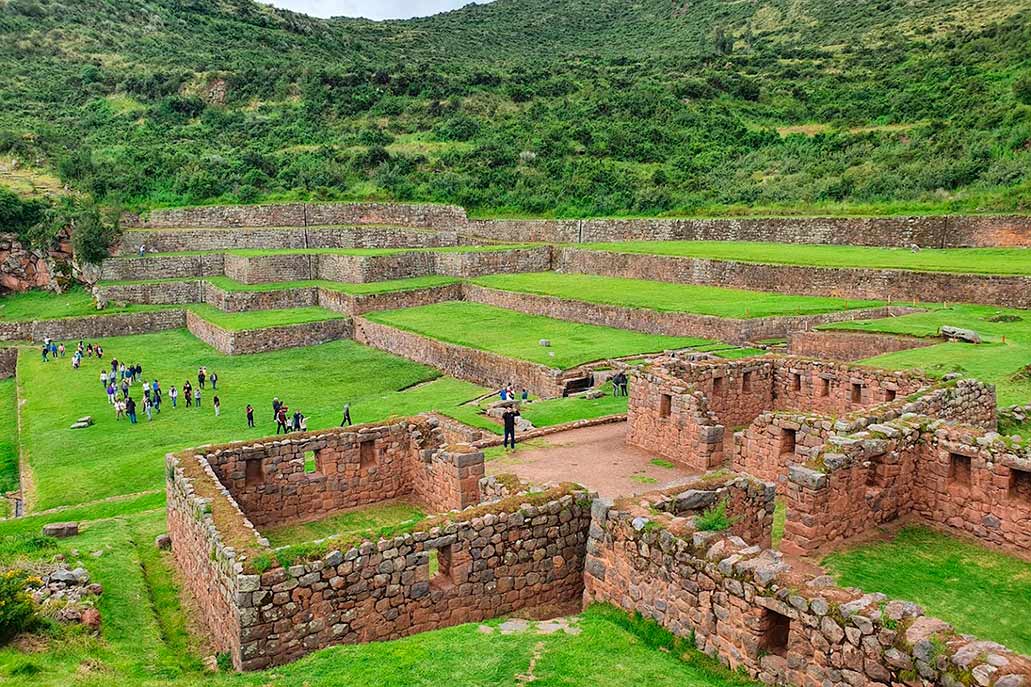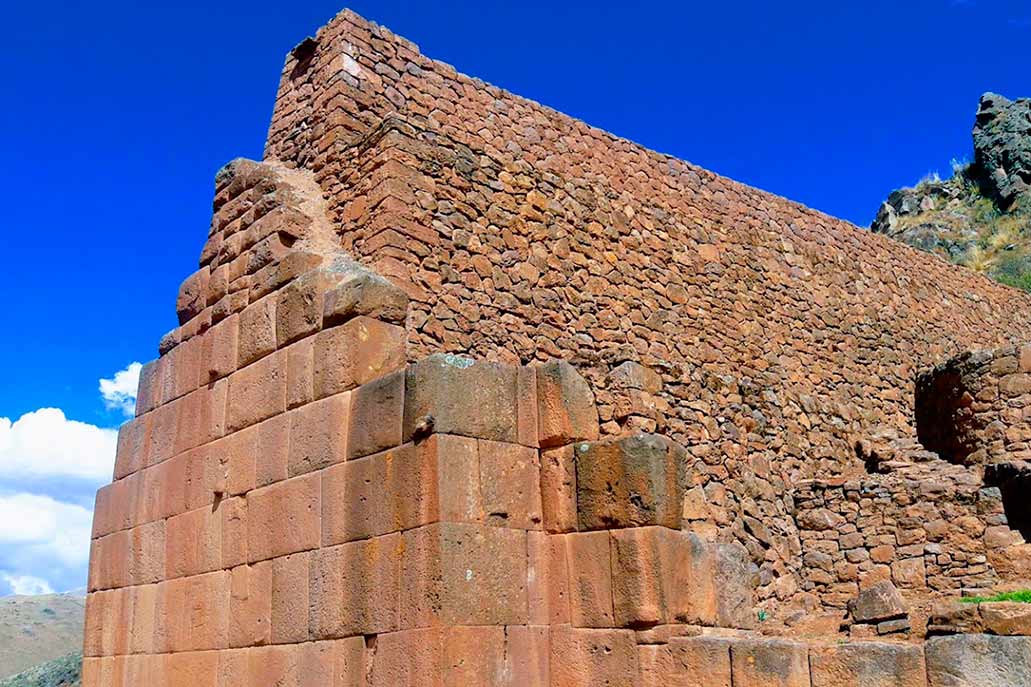Tourist Ticket Cusco circuit II: museums and trip to the South of Cusco
With this partial BTC, you can visit different museums within the city of Cusco and also visit archaeological sites to the south. The latter are not located at considerable distances, so they can be covered in a day. Something important about this ticket is that it is valid for two days. So you can organize yourself as best suits you. The furthest destination is Pikillaqta, approximately 33 kilometers from the historic center.
Contenido
There are two types of BTC: Integral BTC and Partial BTC. In the case of Integral you have all the places that are presented in the three circuits and can be used in 10 days. While in the Partial you can choose one of the three circuits. The BTC Partial Circuit II only has 2 days of validity.
Site Museum of Qoricancha
This museum has 5 rooms and is located on the esplanade of the Qoricancha temple, near El Sol Avenue. You have to go down a few steps to get there. This museum, although it seems small, houses different exhibition pieces. The importance of this place lies in showing in a didactic way the process and sociocultural changes that the ancient inhabitants of Cusco went through.
In this sense you can find pre-Inca, Inca and colonial pieces. The pieces on display are the product of the excavations that were carried out at the site between 1992 and 1995. The chronological evolution shown is through ceramic fragments, remains and samples of metal work, some textiles, paintings, sculptures, weapons war, among many other artistic and cultural representations.
Something that attracts a lot of attention is the model that would represent the Qoricancha temple. Likewise, you can see replicas of some objects that are not exhibited due to their conservation.
The hours of operation of the Museum of Site Qoricancha are from Monday to Saturday from 9:00 to 18:00 and on Sundays from 9:00 to 12:00 hours. If you do not include the Cusco Tourist Ticket the admission price is 10 soles.
Unfortunately, due to internal reasons and remodeling, the Qoricancha Site Museum will remain closed until further notice. This will not interfere with the rest of the museums that can be visited with the Cusco Tourist Ticket II or BTC II.
Regional Historical Museum
This museum is located in what was the house of Inca Garcilaso de la Vega. Its construction dates back to the 16th century. It corresponded to civil buildings of minor palaces or mansions during the colonial era. It was built on the fourth huaca of the eighth ceque towards the Chinchaysuyo. Giving, the latter, an important value to this area since Inca times; according to the chronicler Bernabé Cobo.
The Regional Historical Museum of Cusco is located on Heladeros s/n street, on one of the corners of Regocijo Square. The chronicler Garcilaso de la Vega lived there until 1560, the year in which he left for Spain and could not return. The house has a strong architectural influence of the Andalusian style. It was restored on several occasions. It currently houses great historical and artistic content.
You can find different pieces, from prehistoric remains to some remains of animals that probably inhabited territories of the Sacred Valley. Likewise, remains of pre-Inca cultures such as the Marcavalle, Chanapata, Wari, Killke Lucre and finally Inca cultures are exhibited. As for the last ones to mention, you can also see the gold and metal work with representations of flora and fauna.
It has a special room where you can learn more about the mestizo chronicler. Another room alluding to the precursor of Peruvian and Latin American independence, Tupac Amaru II. Among other rooms where paintings and sculptures from the well-known Cusqueña School are exhibited with its great references such as Diego Quispe Tito and Pablo Chillitupa. Likewise, a room is dedicated to the exclusive presentation of works of art.
Museum of Contemporary Art
The Museum of Contemporary Art is located in Regocijo Square. Right inside the Municipal Palace of Cusco. This construction has a long history, specifically during the viceroyalty in Peru. Since 1560 it housed the Cabildo of Cusco and to this day the offices of the mayor and councilors of Cusco function.
This museum began operating at the end of the 20th century. Thanks to the active participation of the mayor at that time, Daniel Estrada Pérez, the collector Luis Rivera Dávalos, as well as several artists who donated part of his work. The museum began operating with just 100 jobs.
The Museum of Contemporary Art has three rooms. The first two are located on the first floor and normally display temporary exhibitions, while the second level has a room where works are permanently presented.
It has 280 works by renowned national and international artists. One of the most striking and oldest works is the oil painting titled “Río Vilcanota” (1987) by the author Remigia Mendoza, considered one of the women who started the indigenous movement in Peru.
The Museum of Contemporary Art is open to the public from Monday to Saturday from 9:00 a.m. to 6:30 p.m.
Monument to Pachacutec
This monument was built in honor of the person in charge of organizing, expanding and consolidating the Tawantinsuyo. In 1992, this monument was built, which has a stone structure that supports the Inca. Within this construction you can find 6 floors or divisions. These facilities detail the historical evolution of Cusco, through images and infographics.
With the BTC you can enter this place that is shown as an interactive museum. In addition, you can see a large part of the city from the top floors. It is located 10 minutes by bus or car from the Main Square of Cusco, it can also be reached by walking along El Sol Avenue, in the direction of Óvalo Pachacútec.
This important Inca ruler is credited with the great expansion and organization that Tawantinsuyo achieved. He was the ninth Inca and the one in charge of giving political and military stability. During his mandate, the empire’s main rival was defeated: the Chancas, who were already threatening Cusco with continuous attacks.
Upon assuming the post of Inca and after his territorial expansions, he managed to organize it into 4 regions or his own. So he started a network of roads by which he could connect all the territory he was conquering. It was he who commissioned the construction of the various temples and citadels that we can see to this day. Some examples are: Raqchi, Sacsayhuaman, the Temple of Qoricancha, Ollantaytambo, Vilcashuaman and Machu Picchu. After consolidating the Tawantinsuyo empire he died naturally leaving as heir Tupac Inca Yupanqui.
The complete monument, from the cylindrical structure to the figure of the Inca, reaches an approximate height of 30 meters. The monument is made of bronze and stones very similar to those used during the life of this governor. The entrance time to the Pachacutec viewpoint monument is from 9:00 a.m. to 7:00 p.m.
Museum of Popular Art
This museum is important because it allows you to see traditional and some contemporary works of different artisans. Although it is a small museum, a variety of works are exhibited. Among the presentation of these works it is impossible not to mention some names of the most renowned artisans who made Cusco famous, such as Hilario Mendivil, Antonio Olave, Edilberto Mérida. You can find works in ceramics, sculpture, carvings, goldsmithing, altarpieces and many more.
This Museum is run by the American Institute of Art of Cusco. Institution that also promotes the popular Santurantikuy in the month of December of each year. Something important about the Popular Art Museum is that the pieces are continually renewed.
This small museum is located on Av. El Sol s/n, right on the first block, in the tourist galleries. Due to its proximity to the historic center, you can go on foot or take a taxi. Opening hours are from 9:00 a.m. to 1:00 p.m. and from 2:00 p.m. to 6:00 p.m., Monday to Saturday.
The Cusco Center for Native Art
The Qosqo Center of Native Art was founded in 1924. Its main function, since then, was to preserve and compile the dances, songs and music of the entire Cusco region. It currently has 50 dances, more than a hundred songs and melodies, a wide variety of typical or traditional costumes along with particular instruments from each area.
In 1958, the dancers, under the direction of Luis E. Valcarcel, managed to enter the Lima intellectual elite and shed light on Cusco art and traditions after a presentation in the capital. In this way they consolidated themselves as an institution and as great exponents of dance and music from Cusco.
Currently, it has 70 artists who perform different dances from different provinces and districts of Cusco every night. They also have a history of performing at festivals in different countries such as Bolivia, Argentina, Chile, Ecuador, the United States, France and Canada. They also sell and promote their own productions, their participation in festivals or some national or international events.
Among the dances they present every night we can find, for example, Sonconacuy, Carnaval Cusqueño, Carnaval de Tinta, Danza Checamarka, Carnaval de Catcca, Runiquechunacuy, Danza Qoyacha and many more. Another attraction that the Qosqo Center of Native Art has are exhibitions of typical costumes and musical instruments and a photo gallery of the different participations they have made throughout almost one hundred years of history.
Opening hours are every day of the year from 6:00 p.m. to 8:30 p.m. It is located on Av. El Sol n° 872.
Tipón Archaeological Park
Located less than 40 minutes from the historic center of Cusco. Tipón was a special and important place for the Tawantinsuyo. In this area you can find Inca buildings such as terraces, terraces, some rooms and a large number of water conduits that continue to function normally to this day.
You can see, as in all Inca citadels, a great exhibition of carved stone. These works were important resources to cement the constructions and also achieve the long water circuits. These circuits connect a large part of the entire site. Not for nothing is it considered a marvel of civil engineering.
It has a territorial expansion of 240 hectares. It is part of the Qhapac Ñan route. You can see remains of major temples and elite enclosures as well as a wall. It was Wiracocha that began to build this enclosure. During the Spanish invasion, it was not completely destroyed so you can see buildings almost in their original state.
It is located in the community of Choquepata, in the district of Oropesa, province of Quispicanchis. It is only 23 kilometers southwest of the city of Cusco. Entry to Tipon is done by showing the Cusco Tourist Ticket. From Monday to Sunday from 7:00 a.m. to 6:00 p.m.
Pikillaqta Archaeological Park
It is the last destination that we can attend with the partial Cusco Tourist Ticket Circuit II. Pikillaqta still maintains much of its structures. It belonged to the Wari or Huari culture. You can find a fairly well-planned citadel; it is said that the Incas acquired that mold to establish their cities.
The harmoniousness of this place is thanks to the fact that the geometric constructions have a lot of relationship with each other. Most buildings have square or rectangular shapes and they all have a common pattern.
They have buildings 12 meters high. However, there is great variety, it is estimated that it has 700 buildings, 200 fields and 508 warehouses and other buildings. According to some research, it is estimated that there are buildings up to 3 stories high. Without a doubt they were great architects and engineers.
It is 33 kilometers from the historic center of Cusco. It is important to visit this complex because its constructions remain from the VI to IX AD; years in which it was probably its heyday, since it was an administrative center of the Wari culture. Pikillaqta’s opening hours are from 7:00 a.m. to 4:30 p.m.
Itinerary Recommendation for Partial Tourist Ticket Circuit II
The partial BTC has a price of 70 soles for foreign tourists and 40 soles for Peruvian tourists. The circuits are sectioned by the proximity of the places that can be visited. The second circuit has different options. The most advisable thing is to divide the itinerary with one day visiting the museums within the city and the second day traveling to the archaeological parks touring part of the southern Valley of Cusco. This in order to have a pleasant and hassle-free experience in each place visited.
Places to visit during the first day:
- Qoricancha Site Museum.
- Regional Historical Museum.
- Contemporary Art Museum.
- Monument to Pachacutec.
- Popular art museum.
- Native Art Center.
Places to visit during the second day:
- Tipón Archaeological Park.
- Pikillaqta Archaeological Park.
